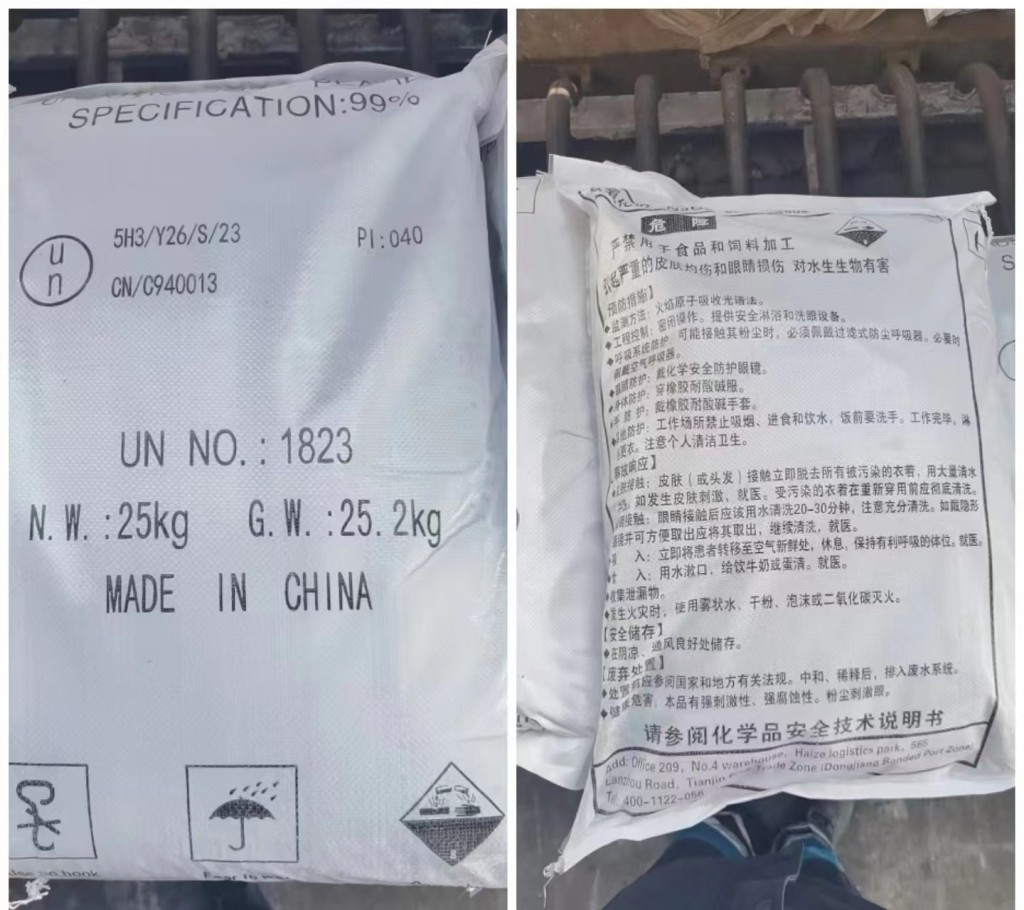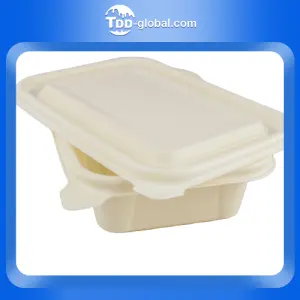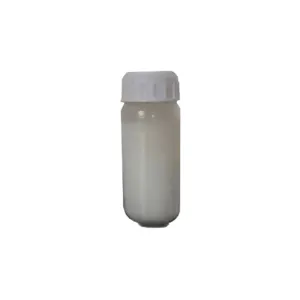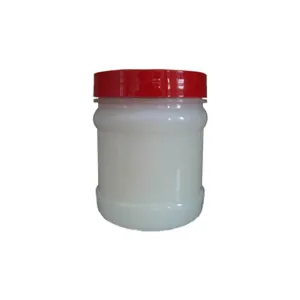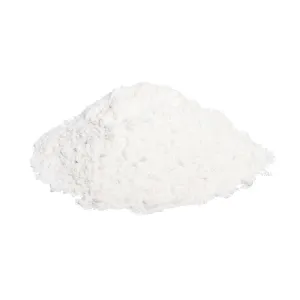Plasticizers for the PVC industry are now available based on chemically recycled feedstock

BASF now offers part of its plasticizer portfolio based on circular feedstocks. For this purpose, either renewable or chemically recycled feedstock is used at the beginning of the value chain instead of fossil resources. The alternative feedstock is allocated to the sales products according to a mass balance approach.
BASF has launched biomass balanced (BMB) plasticizers based on renewable raw materials under the names Hexamoll DINCH BMB, Palatinol N BMB, Palatinol 10-P BMB and Plastomoll DOA BMB. Instead of fossil resources, the required amount of bio-naphtha or biogas is used. These materials are derived from organic waste or vegetable oils. Biomass balanced plasticizers have a lower carbon footprint than the conventional ones and help save fossil resources. Both, BASF’s mass balance approach and BMB plasticizers are certified according to REDcert2.
With Hexamoll DINCH CcycledTM, BASF additionally launched its trusted non-phthalate plasticizer based on chemically recycled feedstock. In the manufacturing process, BASF uses pyrolysis oil obtained from previously non-recycled plastic waste instead of fossil resources at the beginning of the value chain. The oil is supplied by partners as part of BASF’s ChemCycling project. The allocation to CcycledTM sales products is also done by using a third-party certified mass balance approach. The resulting products contribute to the recycling of plastic waste.
“The mass balance approach enables us to process renewable and recycled feedstocks together with fossil raw materials in our existing efficient production network and to allocate their share to specific products,” explains Diana Brunnenkant, Head of Marketing Plasticizers EMEA. “The principle is similar to that of green electricity. Consumers can be sure that the share of green energy in the overall electricity grid increases due to their decision to purchase it. However, the electricity they use in their homes is not only generated from renewable energy sources.”
“Our customers are increasingly facing pressure with regards to resource-efficient products,” says Dr. Matthias Pfeiffer, Head of Technical Marketing Plasticizers EMEA. “With these products we offer a more sustainable solution and make another step towards a circular economy.”
For customers it does not take additional effort to either switch the production to the new plasticizers or to produce special editions. Thanks to the same specifications and technical properties as regular plasticizers, there is no need for additional sampling or release testing of the new plasticizers. Transportation and warehousing can also be done together with the regular products.
Plasticizers are used in many different applications, including films, insulation for cables and ducts, coatings, flooring, hoses and profiles. They are also an essential part of sensitive applications such as toys, medical products, sports and leisure equipment as well as food packaging. They give flexibility to PVC products and at the same time they offer protection against the effects of weathering and temperature, thereby helping to maintain the products’ functionality.
Register Now to Attend NextGen Chemicals & Petrochemicals Summit 2024, 11-12 July 2024, Mumbai
Recommended Suppliers
 June 3, 2024
June 3, 2024  June 3, 2024
June 3, 2024  June 17, 2024
June 17, 2024  June 18, 2024
June 18, 2024  June 18, 2024
June 18, 2024 

